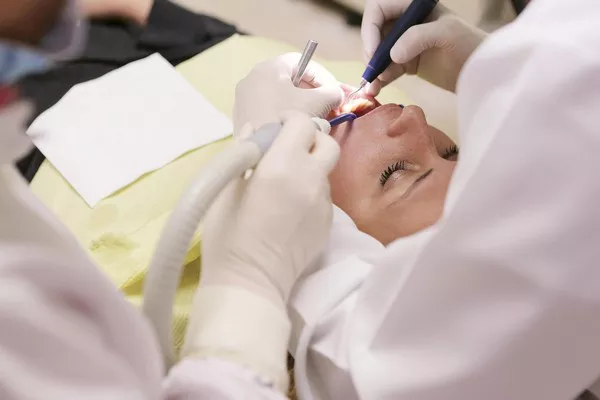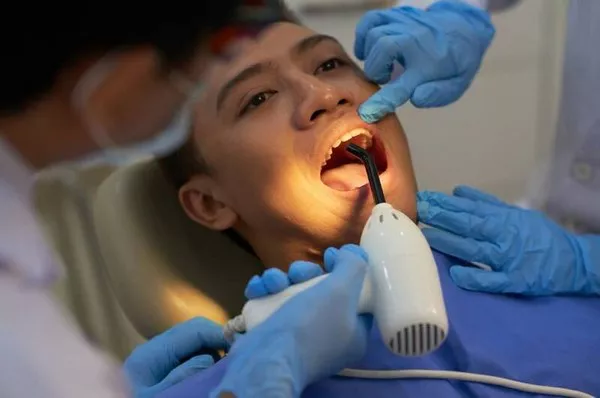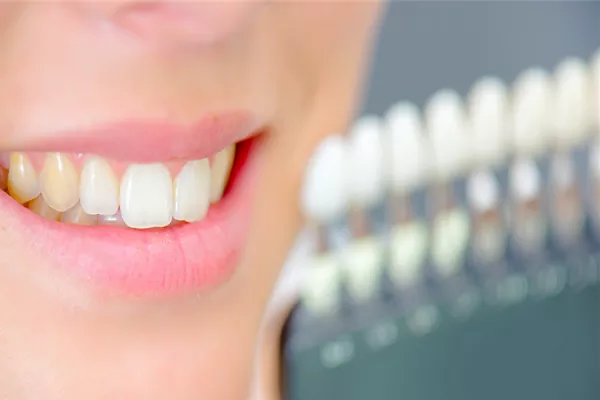A chipped tooth can be a distressing experience, impacting both your oral health and the appearance of your smile. Fortunately, modern dentistry offers a variety of restorative solutions to repair chipped teeth and restore their functionality and aesthetics. If you’re wondering, “What do dentists use to fill a chipped tooth?” you’re in the right place. In this article, we will explore the different materials and techniques dentists use to effectively repair chipped teeth and help you regain your confidence in your smile.
Understanding Chipped Teeth
A chipped tooth occurs when a portion of the tooth enamel, the outermost layer of the tooth, breaks or chips off due to various factors. This can happen as a result of biting down on hard objects, trauma, or even natural wear and tear over time.
Restorative Options for Chipped Teeth
Dentists have several restorative options at their disposal to repair chipped teeth and restore their shape, function, and appearance. The choice of treatment depends on the severity of the chip and the location of the tooth.
Dental Bonding
Dental bonding is a common and minimally invasive technique used to repair chipped teeth. It involves applying a tooth-colored composite resin to the chipped area and sculpting it to match the natural shape of the tooth. The resin is then cured using a special light, bonding it to the tooth’s surface.
Porcelain Veneers
Porcelain veneers are thin, custom-made shells that are designed to cover the front surface of a tooth. They are a versatile solution for chipped teeth, as they not only repair the chipped area but also enhance the overall appearance of the tooth. Veneers are permanently bonded to the tooth, providing a natural and durable result.
Dental Crowns
For more severe chipping or damage, a dental crown may be recommended. A dental crown is a custom-made cap that covers the entire visible portion of the tooth. It provides strength, protection, and an aesthetically pleasing appearance. Crowns can be made from various materials, including porcelain, ceramic, and metal alloys.
Inlays and Onlays
Inlays and onlays are indirect restorations that are used when a tooth has a moderate amount of damage or chipping. Inlays are placed within the grooves of a tooth’s chewing surface, while onlays cover a larger portion of the tooth’s surface. They are typically made from materials like porcelain or composite resin and are custom-fabricated in a dental laboratory.
The Material Used for Dental Filling
For smaller chips, dentists may use dental fillings to restore the tooth’s structure. Dental fillings are typically used for cavities, but they can also be effective for repairing minor chips. These fillings are made from various materials, including amalgam (a mixture of metals) and tooth-colored composite resin.
Choosing the Right Restoration
The choice of restoration depends on factors such as the location of the chipped tooth, the extent of the damage, and your personal preferences. During your dental appointment, your dentist will assess the chipped tooth and recommend the most appropriate restorative option for your individual case.
The Restoration Process
The process of repairing a chipped tooth varies depending on the chosen restoration:
Dental Bonding: Dental bonding is a quick and non-invasive procedure that can often be completed in a single dental visit.
Porcelain Veneers: Porcelain veneers require two visits. During the first visit, your dentist will take impressions of your teeth, and the veneers will be custom-fabricated in a dental laboratory. During the second visit, the veneers will be permanently bonded to your teeth.
Dental Crowns: Dental crowns also involve two visits. In the first visit, the tooth will be prepared, and impressions will be taken. A temporary crown will be placed. In the second visit, the permanent crown will be placed and bonded to the tooth.
Inlays and Onlays: The process for inlays and onlays is similar to that of dental crowns. Impressions are taken, and the restoration is custom-made in a dental laboratory.
Maintaining Restored Teeth
After your chipped tooth has been restored, it’s important to maintain good oral hygiene practices to ensure the longevity of the restoration:
Brushing and Flossing: Brush your teeth twice a day and floss daily to keep your restored tooth and surrounding teeth clean and free from plaque.
Regular Dental Check-ups: Schedule regular dental check-ups to monitor the condition of your restoration and address any potential issues early on.
Avoiding Trauma: Be cautious when biting into hard objects or engaging in activities that could lead to trauma to your teeth.
Conclusion
In conclusion, dentists have a range of restorative options to repair chipped teeth and restore their functionality and appearance. Dental bonding, porcelain veneers, dental crowns, and inlays/onlays are all effective solutions for different degrees of chipping and damage. The choice of restoration depends on factors such as the severity of the chip, the location of the tooth, and individual preferences. By choosing the right restoration and maintaining proper oral hygiene, you can regain your confidence in your smile and enjoy the benefits of a beautifully restored tooth that seamlessly blends with your natural teeth. If you have a chipped tooth, consult your dentist to determine the most suitable restorative option for your specific case.
Related Topics:





























